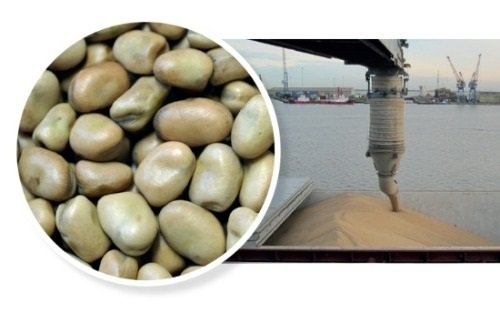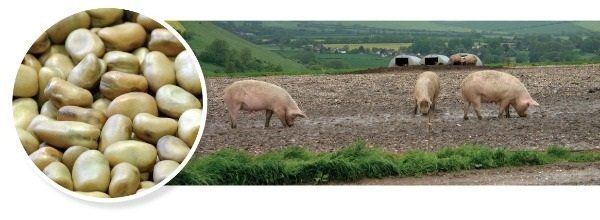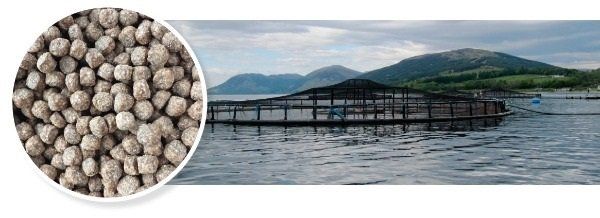The higher value market for winter beans is for human consumption, where they are a traditional staple. North African and Middle Eastern countries have historically been strong importers of beans. These countries include Egypt, Lebanon, Israel, Qatar Yemen and Saudi Arabia .
They are a major part of the diet and particularly popular at breakfast, the beans are boiled up and eaten with bread or with garlic, chillies or other seasoning.
Global demand is fairly stable year on year, and has recently been supplied – as well as by the UK – by growers in France, China and Australia.
The UK supplies up to 150,000T.
In terms of quality specification, shippers look for sound, hard beans with a good, pale colour and skin finish. Colour and skin finish can be fairly subjective and so samples are commonly sent in advance for buyer approval, as none would want to run the risk of a rejection of a large shipment on arrival overseas. Skin quality (particularly skin thickness) is affected by variety, and thus variety is generally specified. It also varies very much year by year in the UK, according to weather conditions at harvest. This is because wet weather at this time tends to make the pods go leathery: as they wet and dry their black colour transfers to the bean. The general colour of the bulk is of more significance than occasional black individual beans, as the latter can always be removed photo electrically.
The other big effect that weather can have on quality, more usually seen in other countries, is drought on bean size. Severe drought will result in an unacceptable percentage of a bulk sample passing through the 9mm screen.
Maximum 2% admix (which is usually in the form of pieces of pod and stem) is usually specified. 14% moisture content is the normal basis of trade, although moistures of up to 16% can be accepted. Toleration of the Bruchid Beetle however, which affects both the visual quality and taste of beans by drilling a hole through the skin and laying larvae, is close to zero for any bulk of beans destined for human consumption.
Winter bean varieties Wizard and Honey have proven suitability for this market and expectations for Bumble and Vespa are similar. Beans of superior visual appearance command a price premium in this market.



